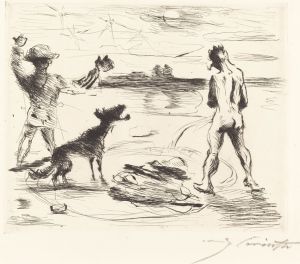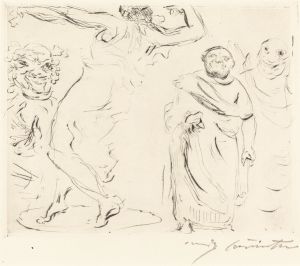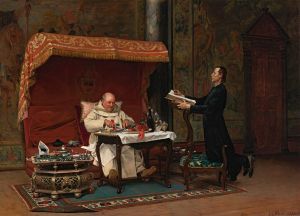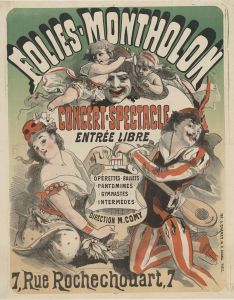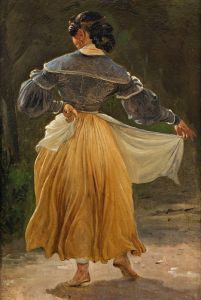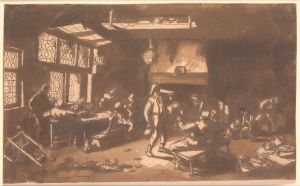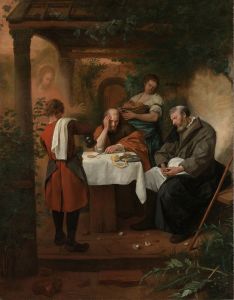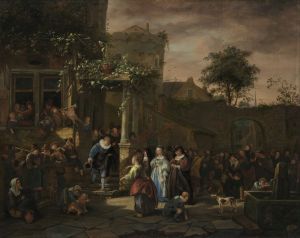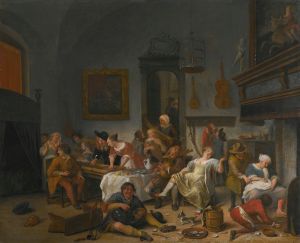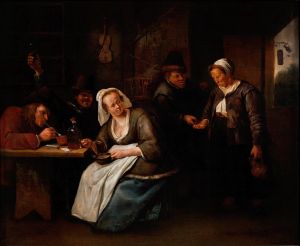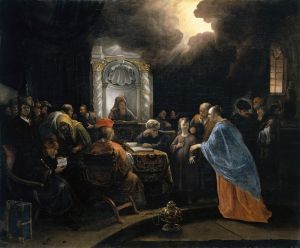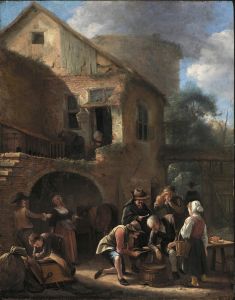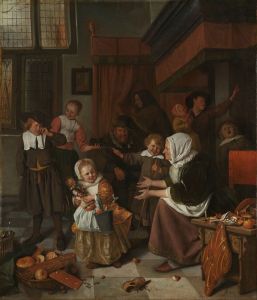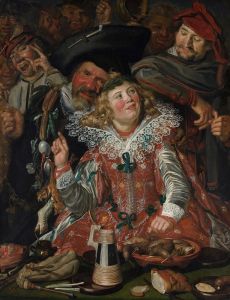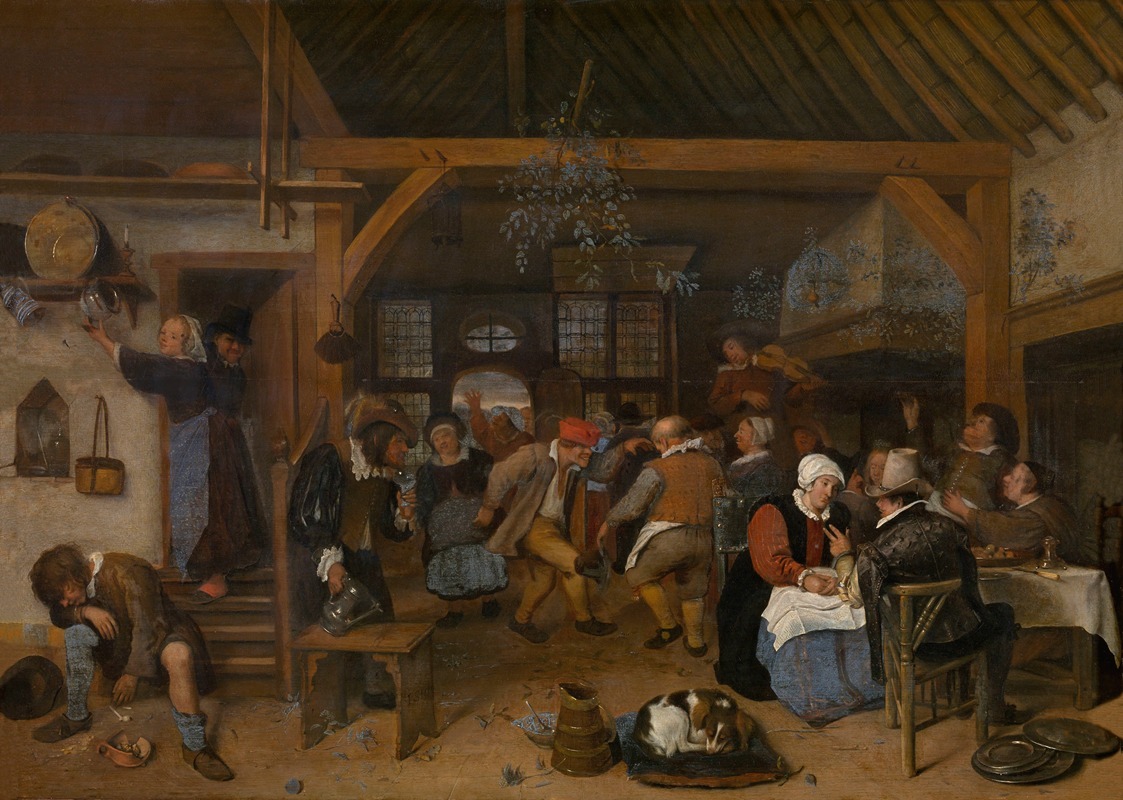
The Wedding Feast
A hand-painted replica of Jan Steen’s masterpiece The Wedding Feast, meticulously crafted by professional artists to capture the true essence of the original. Each piece is created with museum-quality canvas and rare mineral pigments, carefully painted by experienced artists with delicate brushstrokes and rich, layered colors to perfectly recreate the texture of the original artwork. Unlike machine-printed reproductions, this hand-painted version brings the painting to life, infused with the artist’s emotions and skill in every stroke. Whether for personal collection or home decoration, it instantly elevates the artistic atmosphere of any space.
"The Wedding Feast" is a painting by the Dutch artist Jan Steen, who was active during the Dutch Golden Age. Jan Steen is known for his genre paintings, which often depict lively and chaotic scenes of everyday life, imbued with humor and moral lessons. "The Wedding Feast" is one of his notable works, showcasing his ability to capture the vibrancy and complexity of social gatherings.
Created around 1672, "The Wedding Feast" illustrates a traditional Dutch wedding celebration. The painting is characterized by its detailed and dynamic composition, filled with numerous figures engaged in various activities. The scene is set in a large, rustic interior, likely a tavern or a barn, which was a common venue for such festivities during that period.
In the center of the painting, the bride and groom are seated at a table, surrounded by guests who are eating, drinking, and making merry. The bride is typically dressed in a fine gown, often white or light-colored, and adorned with a crown or a wreath, symbolizing her special status on this day. The groom is usually depicted in formal attire, sitting beside his bride. The couple is often shown receiving gifts or toasts from their guests, highlighting the communal nature of the celebration.
Around the central couple, a variety of characters engage in different activities, adding to the lively atmosphere. Musicians play instruments, providing entertainment for the guests. Children can be seen playing or mimicking the adults, adding a touch of innocence and humor to the scene. Some guests are depicted inebriated or engaged in flirtatious behavior, reflecting the indulgent and sometimes unruly nature of such gatherings.
Jan Steen's attention to detail is evident in the depiction of food and drink, which are abundant in the painting. Tables are laden with bread, meat, and other delicacies, while jugs and glasses of wine and beer are prominently featured. This abundance not only illustrates the celebratory nature of the event but also serves as a commentary on the excesses and moral laxity that can accompany such occasions.
Steen's use of color and light enhances the festive mood of the painting. Warm, rich tones dominate the scene, with the interplay of light and shadow adding depth and realism. The artist's skillful use of perspective draws the viewer's eye into the bustling interior, creating a sense of immersion in the lively event.
"The Wedding Feast" is more than just a depiction of a social event; it is also a reflection of the cultural and social norms of 17th-century Dutch society. Through his detailed and often humorous portrayal of human behavior, Jan Steen offers insights into the values, customs, and everyday life of his time. His paintings, including "The Wedding Feast," remain valuable historical documents that provide a window into the past while also entertaining and engaging contemporary audiences.
Jan Steen's work is celebrated for its narrative quality and its ability to capture the essence of human nature. "The Wedding Feast" is a prime example of his talent for combining detailed observation with a sense of humor and moral commentary, making it a significant piece in the history of Dutch art.





